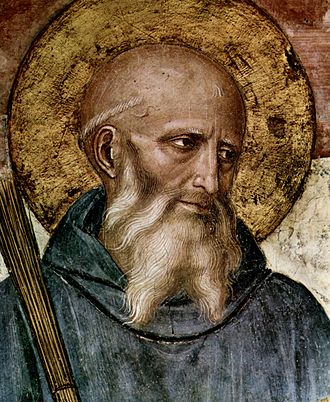| Years |
|---|
| Millennium |
| 1st millennium |
| Centuries |
| Decades |
| Years |
| 529 by topic |
|---|
| Leaders |
| Categories |
| Gregorian calendar | 529 DXXIX |
| Ab urbe condita | 1282 |
| Assyrian calendar | 5279 |
| Balinese saka calendar | 450–451 |
| Bengali calendar | −65 – −64 |
| Berber calendar | 1479 |
| Buddhist calendar | 1073 |
| Burmese calendar | −109 |
| Byzantine calendar | 6037–6038 |
| Chinese calendar | 戊申年 (Earth Monkey) 3226 or 3019 — to — 己酉年 (Earth Rooster) 3227 or 3020 |
| Coptic calendar | 245–246 |
| Discordian calendar | 1695 |
| Ethiopian calendar | 521–522 |
| Hebrew calendar | 4289–4290 |
| Hindu calendars | |
| - Vikram Samvat | 585–586 |
| - Shaka Samvat | 450–451 |
| - Kali Yuga | 3629–3630 |
| Holocene calendar | 10529 |
| Iranian calendar | 93 BP – 92 BP |
| Islamic calendar | 96 BH – 95 BH |
| Javanese calendar | 416–417 |
| Julian calendar | 529 DXXIX |
| Korean calendar | 2862 |
| Minguo calendar | 1383 before ROC 民前1383年 |
| Nanakshahi calendar | −939 |
| Seleucid era | 840/841 AG |
| Thai solar calendar | 1071–1072 |
| Tibetan calendar | ས་ཕོ་སྤྲེ་ལོ་ (male Earth-Monkey) 655 or 274 or −498 — to — ས་མོ་བྱ་ལོ་ (female Earth-Bird) 656 or 275 or −497 |

Year 529 ( DXXIX ) was a common year starting on Monday of the Julian calendar. At the time, it was known as the Year of the Consulship of Decius without colleague (or, less frequently, year 1282 Ab urbe condita ). The denomination 529 for this year has been used since the early medieval period, when the Anno Domini calendar era became the prevalent method in Europe for naming years.